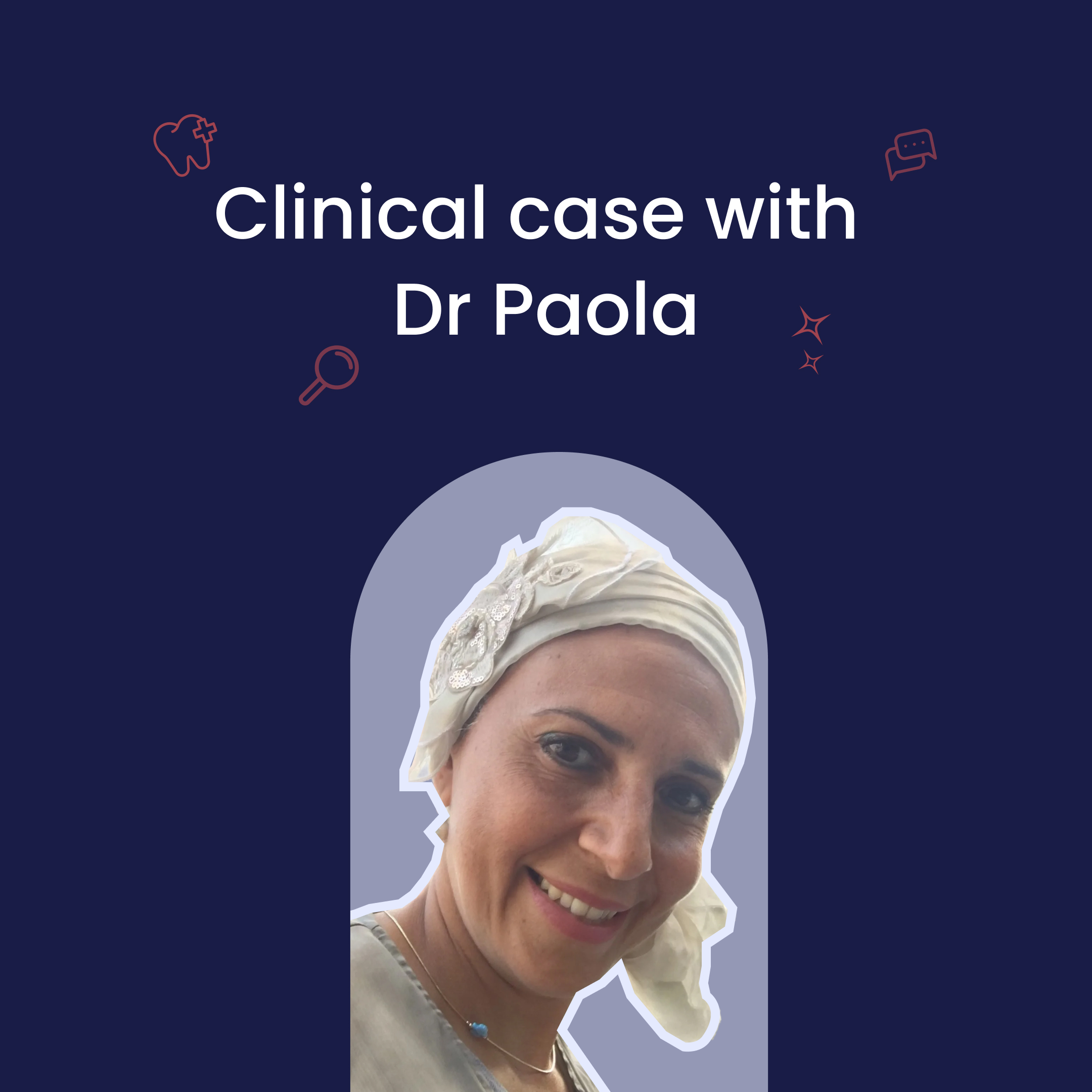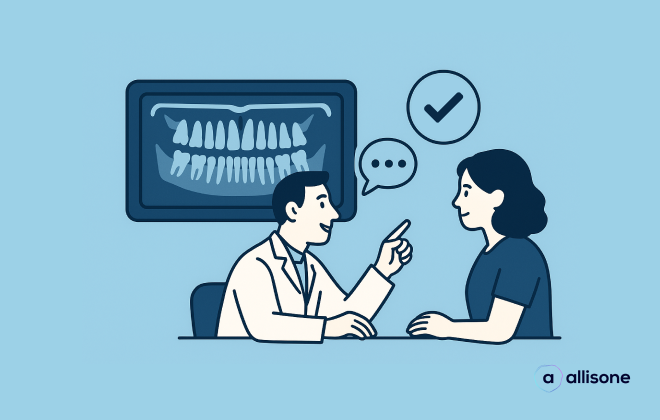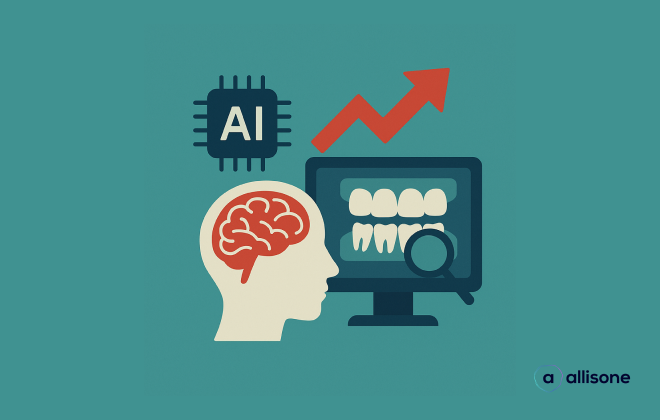
Although mentalities are surely evolving, dentistry remains a medical specialty apart in the collective imagination. And, for a significant part of the population, going to the dentist remains a source of anxiety that is difficult to rationalize as well as to control. This is why practitioners must pay particular attention to developing a relationship of trust with their patients. This can be achieved by implementing a concept well known to psychiatrists and nurses: the therapeutic alliance.
Originally defined by Sigmund Freud in 1913, the therapeutic alliance was made concrete and accessible by Carl Rogers for psychiatric and nursing care. In this person-centered approach, the quality of the relationship with the patient is paramount: the caregiver must strive to offer warm and empathetic help, through qualities of listening, welcoming, presence, non-judgment, support and communication of hope.
The therapeutic alliance process
Defined by the WHO as the backbone of an individualized therapeutic project, the therapeutic alliance first and foremost allows the patient to feel confident. The therapeutic alliance process continues with the patient's acceptance of the relationship and his or her involvement in managing his or her health. With confidence in this support, the patient progresses, particularly in the observance of his treatment and in his autonomy. The result is a symbiotic energy between the patient and his caregiver, in this case the dental surgeon.
Build trust in 20 seconds
The establishment of this climate of trust begins during the first meeting with the patient and sometimes even earlier, when the telephone appointment is made. The 4x20 rule (essential for sales professionals in particular, but applicable to any relationship, whether commercial or not) is a simple and effective tool for initiating this favorable atmosphere of listening:
- the first 20 seconds: they have a major impact on the climate of trust or mistrust that is established;
- the first 20 words: these are the words that establish a relationship ("hello", "welcome", etc);
- the first 20 gestures: they must show that the professional is concerned, attentive and involved;
- the first 20 centimeters: it is a question of adapting the right body distance and of paying attention to the expressions of one's face, which expresses emotions and intentions. The look and the smile must be frank and benevolent.
Preserve time to improve the patient-dentist relationship
Putting the patient and the dialogue at the heart of the practice is a priority for any dental surgeon who wishes to retain his or her patients and optimize their adherence to their treatment plan. To this end, communication must be as constant and fluid as possible. To do this, you need to have enough time to talk to your patients. When consultations are fast-paced, a practitioner must find the sacred minutes to explain the diagnosis and the rationale for the treatment plan while remaining focused on the medical aspect. This is often a challenge.
When AI helps put people back at the heart of practice
It is essential to optimize your organization and equip your practice with the best tools: these tools, like the artificial intelligence software ofAllisoneThese tools, like the Artificial Intelligence software, allow you to save precious time in communicating the diagnosis made by the practitioner or in defining the treatment plan.
New technologies offer a particularly easy to understand reading for a patient, who will appreciate the presence of a visual support to understand his situation. By simplifying this demonstration and communication work for the dentist, AI makes it possible to find time for exchange, listening and, finally, to put the human being back at the heart of his practice.
If you think that AI helps put the human being back at the heart of the practice, then don't wait any longer to discover Allisone Artificial intelligence at the service of the dentist of tomorrow.
Articles en lien
Lorem ipsum dolor sit amet, consectetur adipiscing elit.

L’intelligence artificielle au cœur des soins dentaires : témoignage du Dr Paola

Mieux faire accepter les plans de traitement : 4 leviers qui fonctionnent vraiment






